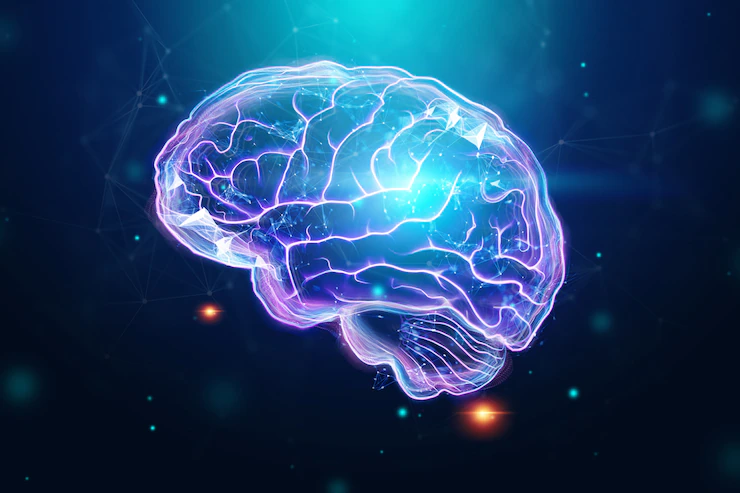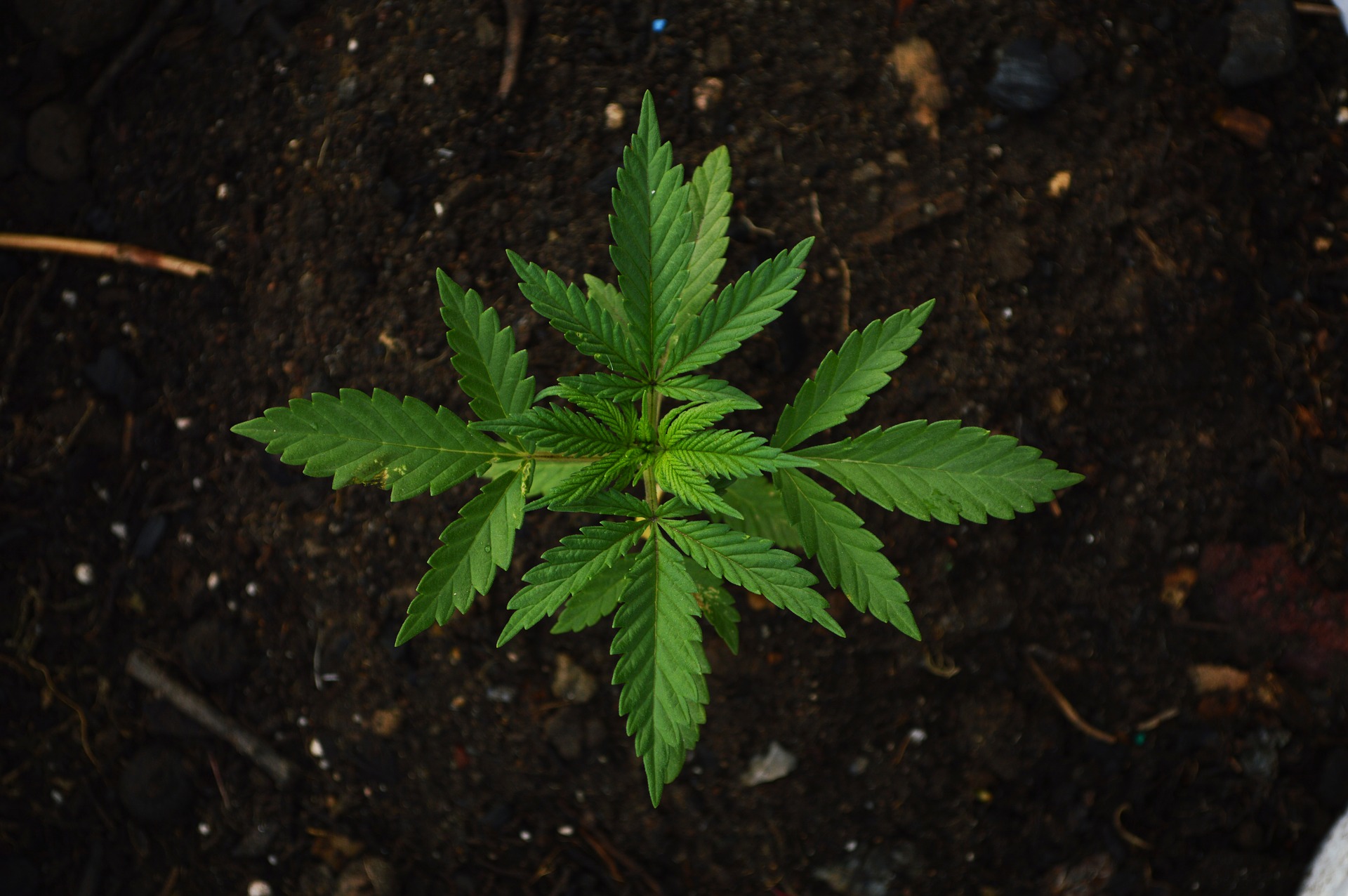Dimethyltryptamine (DMT) is a hallucinogenic compound used in traditional shamanic rituals throughout the ages. It is also known as the “spirit molecule” because it can alter one’s consciousness and bring a person into a spiritual state. You can take it orally by ingesting ayahuasca brew for long-lasting effects.
DMT is a Schedule III drug under the Controlled Drugs and Substances Act. This means possessing or selling DMT in Canada is illegal without an exemption from Health Canada. The Canadian government only permits its use as an ayahuasca brew for qualified ayahuasca churches.
What Are The Effects Of DMT?
DMT is a psychedelic drug found in the human body, plants, and animals. It has a reputation for being incredibly powerful and intense. However, you must be aware that there are different types of DMT experiences. If you know what to expect when taking it, you can make your experience more comfortable.
The first thing to remember if you’re taking DMT for recreation is it will likely be in the form of ayahuasca, a brew made from Psychotria Viridis and Banisteriopsis Caapi.
Ayahuasca contains DMT along with monoamine oxidase inhibitors (MAOIs). The latter allows your body to process the DMT to increase its intensity and prolong the duration of its pharmacological effects.
How Does DMT Work?
Dimethyltryptamine is the derivative of tryptamine. This makes it similar to serotonin, a neurotransmitter that regulates mood, appetite, and sleep cycles in humans.
DMT acts on brain receptors that usually bind to serotonin—specifically the serotonin 5-ht2a receptor. These are found throughout the brain but are concentrated in memory, thinking, and learning areas.
Now, this is where DMT gets interesting. The effects of DMT are highly dependent on settings and expectations. Your experience will vary depending on the dose and how you take it. You can take it through injection, snorting, or smoking.
If you inject it through your muscles or vein, you’ll experience faster effects than taking it orally. You can also experience immediate results if you smoke DMT. Then again, you might need to wait longer for its impacts to reach their peak.
When you consume it in ayahuasca, expect the effects to peak within two to three hours. If you take it orally, you need to combine it with MAOI for the substance to break down.
What Are Its Possible Side Effects?

The side effects of DMT are similar to those of other psychedelics, such as lysergic acid diethylamide (LSD) and magic mushrooms.
The most common DMT side effect is a feeling of being on the verge of passing out, known as “coming up.” This can be unnerving for first-time users, but it’s an entirely normal part of the experience that often passes quickly.
Other side effects can include:
- Agitation
- Chest tightness
- Depersonalization
- Distorted sense of time
- Dizziness
- Elevated blood pressure
- Increased heart rate
- Pupil dilation
- Vivid hallucinations
Consult With Your Doctor Before Taking DMT
Aside from ensuring that you can take DMT legally, you also need to be sure to take it safely. The experience of taking DMT can be extraordinary and confusing. You might feel like you’ve traveled to another dimension and met aliens trying to communicate with you.
If that doesn’t happen, your perception will likely change dramatically during the experience. This is why you need to speak with your doctor about how it will affect your body and mind.
Read Also:






















